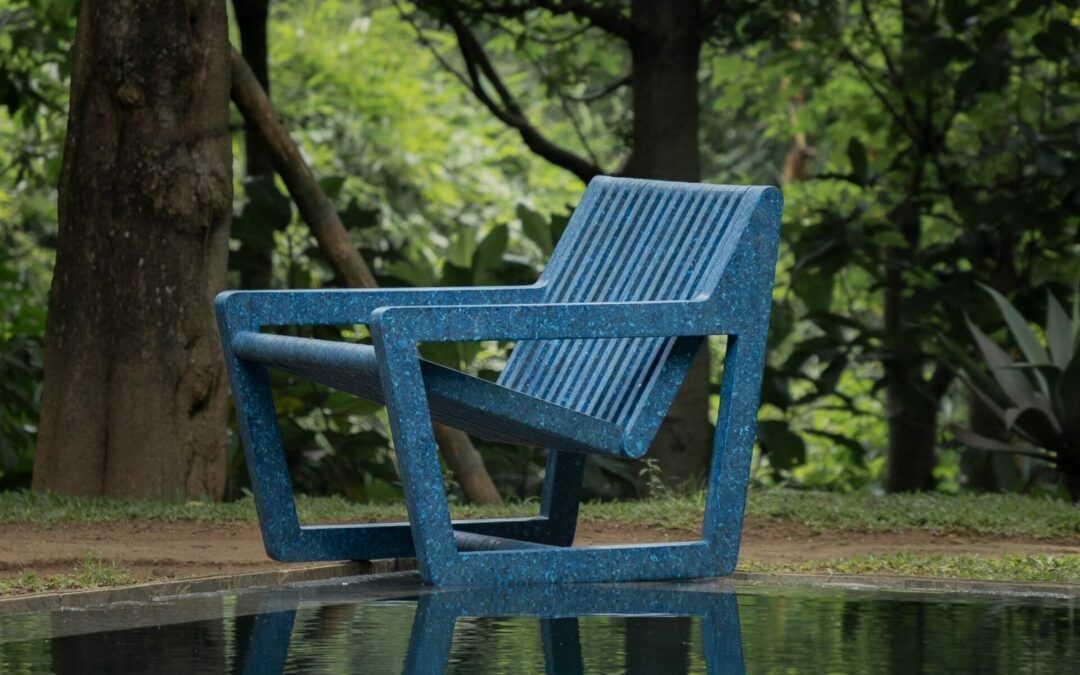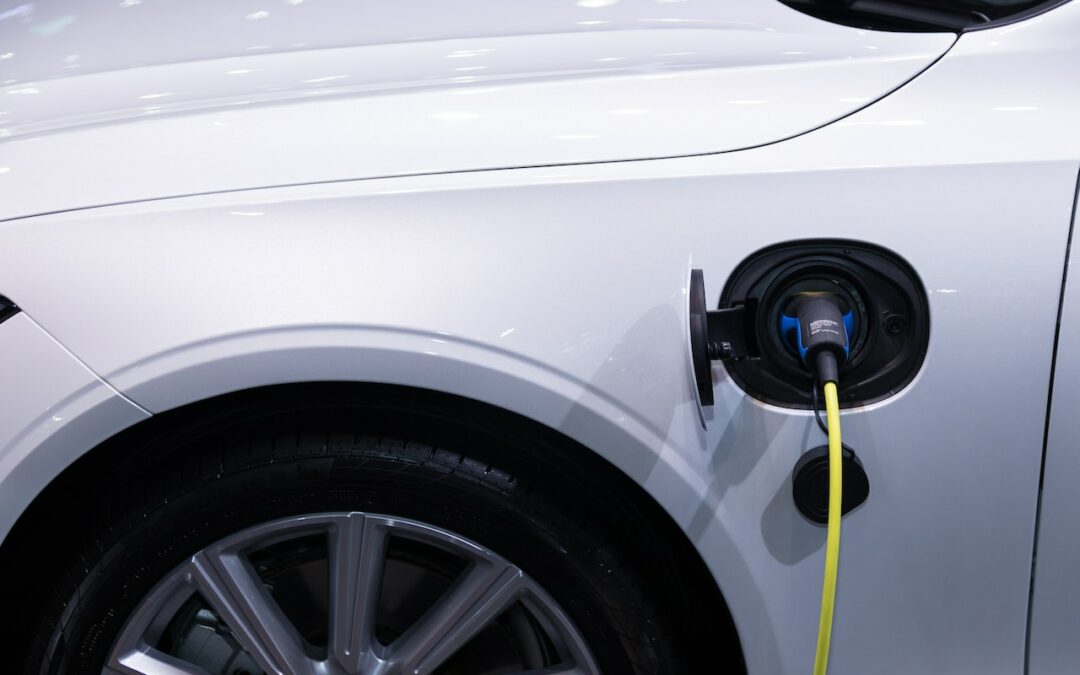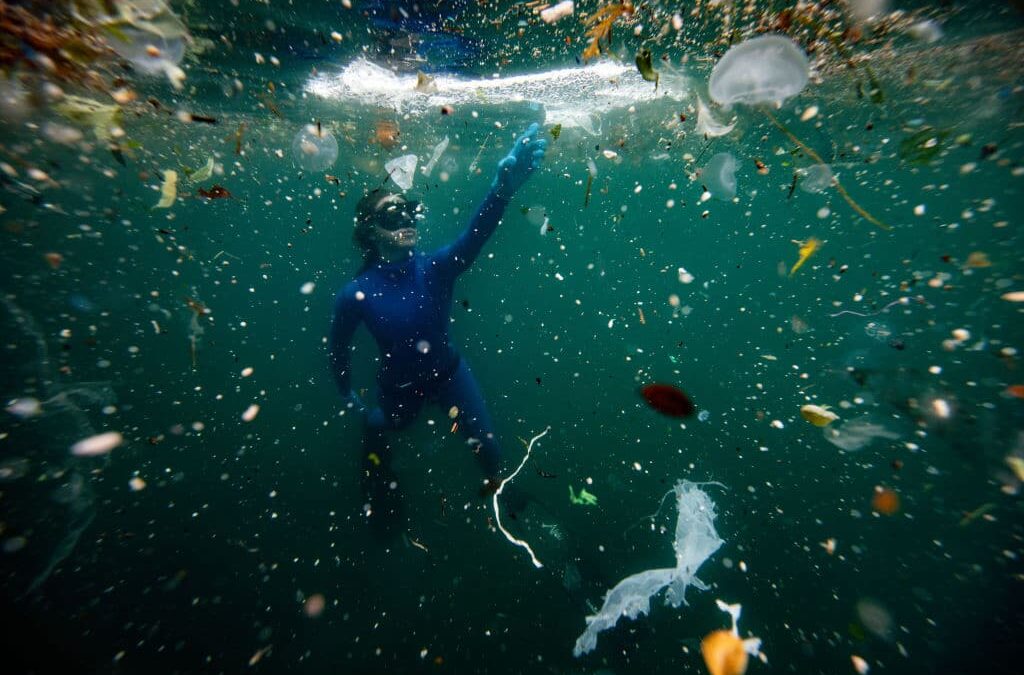
by Grace Ebert | Mar 24, 2024
Despite the idyllic photos that populate Instagram feeds and travel blogs, Bali has a plastic problem. The island produces 1.6 million tons of waste each year, and thanks to ocean currents, it also receives tidal waves of pollution from neighboring islands that bury its beaches in mounds of trash, debris, and even rotting animal carcasses during monsoon season. To mitigate the problem, two sister organizations have teamed up to clean Bali’s waterways and transform the uncovered waste into useful goods. More
Do stories and artists like this matter to you? Become a Colossal Member today and support independent arts publishing for as little as $5 per month. The article A Nonprofit Is Creating Modern Loungers Entirely from Plastic Pulled from Bali’s Waterways appeared first on Colossal.

by Komoneed | Mar 24, 2024
Porsche and BMW have updated their sporty plug-in hybrid SUVs – which one is best?

by Komoneed | Mar 24, 2024
On a planet where usable water is scarce, water management is of the utmost importance. The fashion industry is a major consumer and polluter of fresh water, but not all brands are doing their part to implement water reduction and management initiatives. And sadly, the largest brands are the ones doing the least. So, which […]
The post Fashion’s Water Impacts: The Largest Brands Are Doing the Least appeared first on Good On You.

by Komoneed | Mar 21, 2024
Quick Key Facts Ocean Plastic: The Basics The Earth’s oceans are teeming with life — and with plastic. In fact, by 2050, it’s expected that there will be even more plastic in the ocean than fish. Adding to the 150 million tons already in marine environments, eight million tons of plastic reaches our oceans every […]
The post Ocean Cleanup 101: Everything You Need to Know appeared first on EcoWatch.

by Kate Mothes | Mar 21, 2024
In Finsbury Park, London, a new Banksy mural appeared on the side of a wall behind a recently pollarded tree. Installed on St. Patrick’s Day, a holiday marked by the color green, the painting features a caveman-like figure holding a sprayer, standing beneath a swath of vibrant paint. Characteristic of Banksy’s work (previously), the piece carries several meanings that relate to current social and political issues.
Perhaps foremost among the jabs Banksy may be making in this work is at the corporate practice of greenwashing, a misleading strategy large industries employ to communicate how “green” their practices are. More
Do stories and artists like this matter to you? Become a Colossal Member today and support independent arts publishing for as little as $5 per month. The article Banksy’s New Tree Mural Dramatically ‘Greenwashes’ the Side of a London Building appeared first on Colossal.





